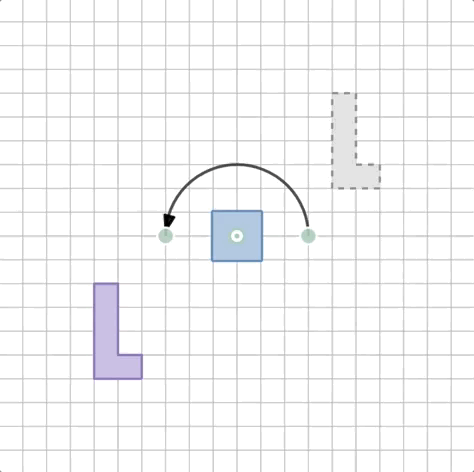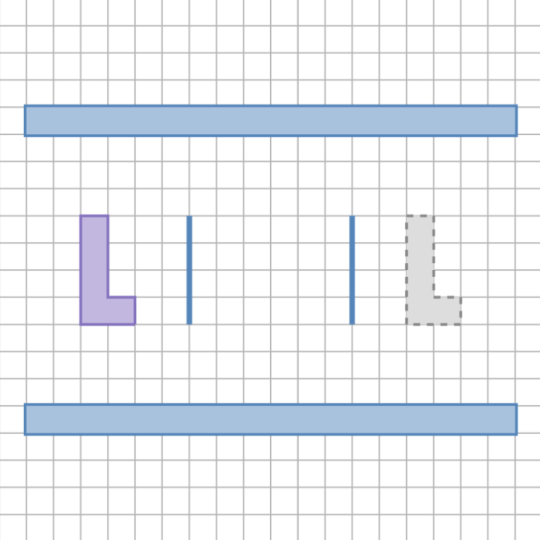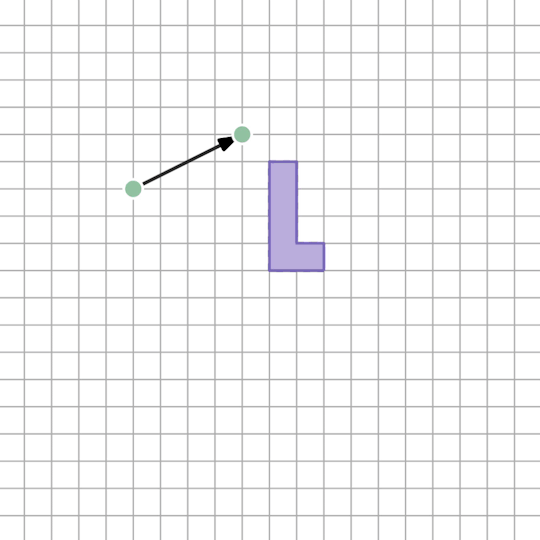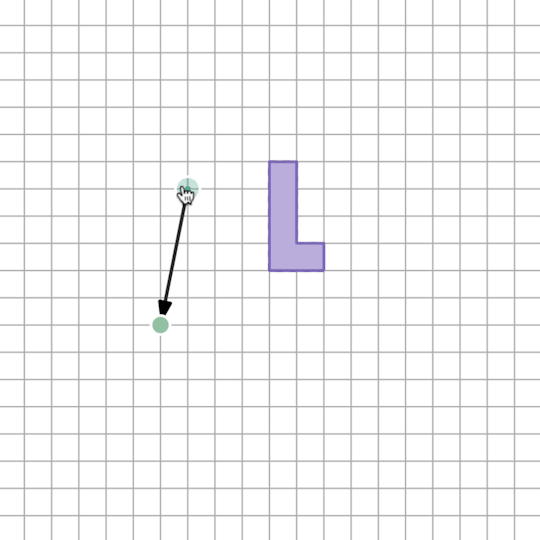We’re excited to release our latest activity into the world: Transformation Golf.
Transformation Golf is the result of a year’s worth of a) interviews with teachers and mathematicians, b) research into existing transformation work, c) ongoing collaboration between Desmos’s teaching, product, and engineering teams, d) classroom demos with students.

It’s pretty simple. There is a purple golf ball (a/k/a the pre-image) and the gray golf hole (a/k/a the image). Use transformations to get the golf ball in the hole. Avoid the obstacles.

Here’s why we’re excited to offer it to you and your students.
Teachers told us they need it. We interviewed a group of eighth grade teachers last year about their biggest challenges with their curriculum. Every single teacher mentioned independently the difficulty of teaching transformations – what they are, how some of them are equivalent, how they relate to congruency. Lots of digital transformation tools exist. None of them quite worked for this group.
It builds from informal language to formal transformation notation. As often as we ask students to define translation vectors and lines of reflection, we ask them just to describe those transformations using informal, personal language. For example, before we ask students to complete this challenge using our transformation tools, we ask them to describe how they’d complete the challenge using words and sketches.

The entire plane moves. When students reach high school, they learn that transformations don’t just act on a single object in the plane, they act on the entire plane. We set students up for later success by demonstrating, for example, that a translation vector can be anywhere in a plane and it transforms the entire plane.

Students receive delayed feedback on their transformations. Lots of applets exist that allow students to see immediately the effect of a transformation as they modify it. But that kind of immediate feedback often overwhelms a student and inhibits her ability to create a mental concept of the transformation. Here students create a transformation, conjecture about its effect, and then press a button to verify those conjectures. Elsewhere in the activity we remove the play button entirely so students are only able to verify their conjectures through argument and consensus.
Students manipulate the transformations directly. Even in some very strong transformation applets, we noticed that students had to program their transformations using notation that wasn’t particularly intuitive or transparent. In this activity, students directly manipulate the transformation, setting translation vectors, reflection lines, and rotation angles using intuitive control points.

It’s an incredibly effective conversation starter. We have used this activity internally with a bunch of very experienced university math graduates as well as externally with a bunch of very inexperienced eighth grade math students. In both groups, we observed an unusual amount of conversation and participation. On every screen, we could point to our dashboard and ask questions like, “Do you think this is possible in fewer transformations? With just rotations? If not, why not?”

Those questions and conversations fell naturally out of the activity for us. Now we’re excited to offer the same opportunity to you and your students. Try it out!
